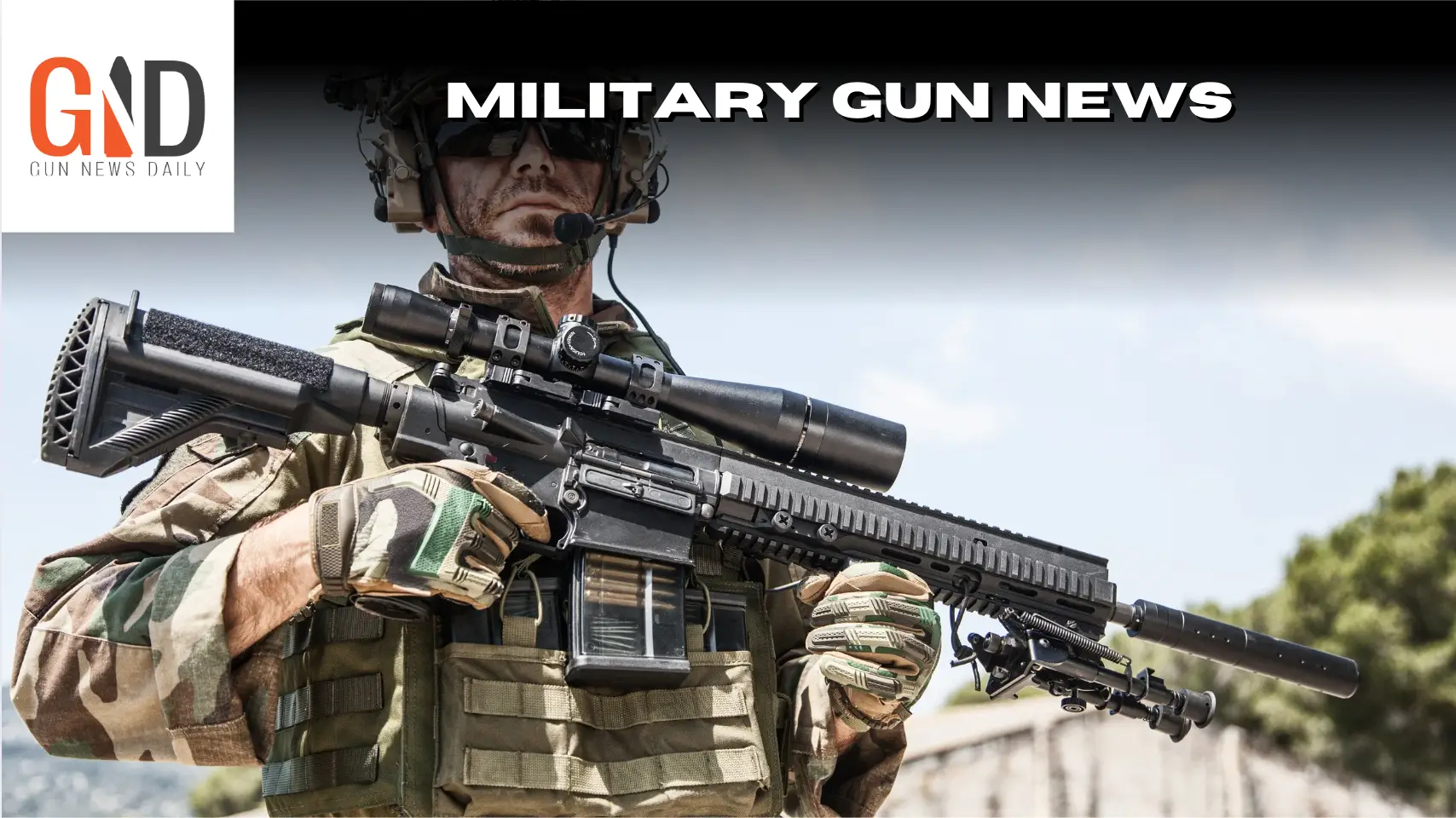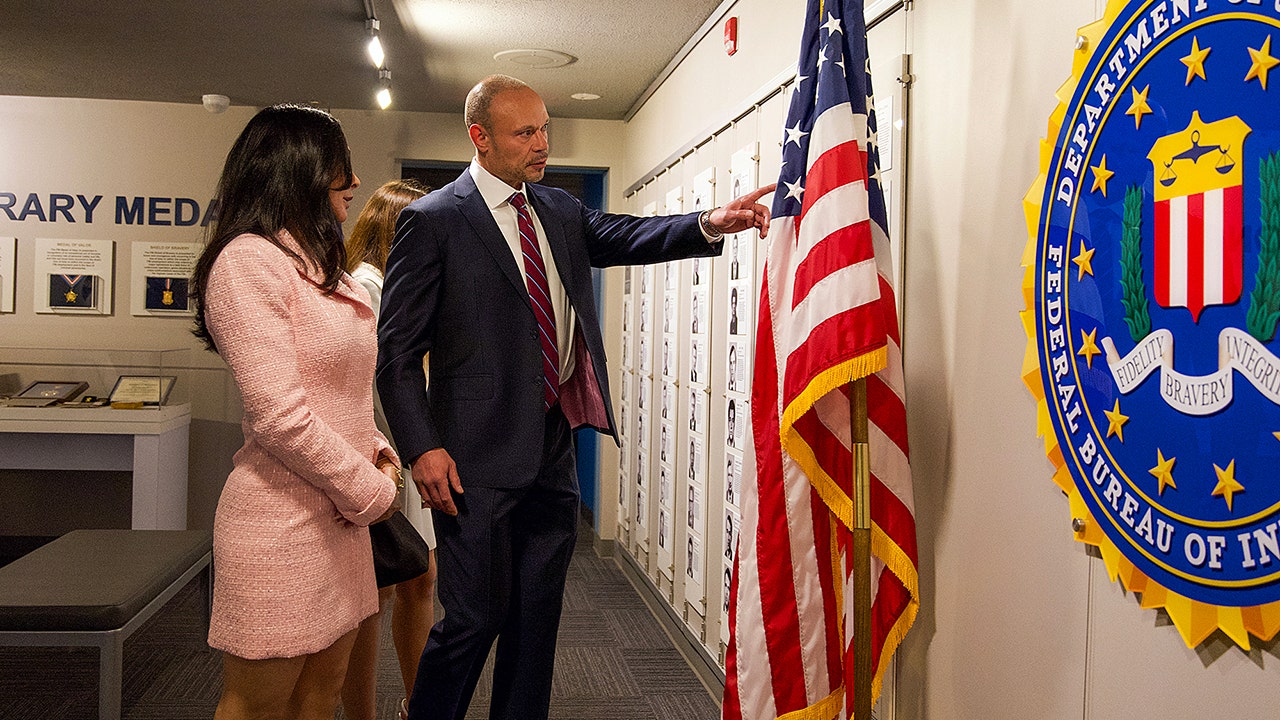A new phase of the Syrian Civil War erupted as a coalition of insurgents launched a surprise offensive targeting Syrian government forces near Aleppo.
The offensive, marking a significant escalation in the years-long conflict, saw a wide range of opposition fighters, led by Hay’at Tahrir al-Sham (HTS), making significant territorial gains.
The attack, which began earlier this week, has captured headlines across the world.
Celebrate Trump’s Historic 2024 Victory with the Exclusive Trump 47th President Collection!
HTS, a terrorist group recognized by the United States, alongside allied militias, mounted an offensive with tanks, armored vehicles, and kamikaze drones.
This came as a shock, given that Syrian President Bashar al-Assad’s forces had largely regained control of the country following the intervention of Russia in 2014.
The Assad regime’s dominance had remained largely unchallenged since a ceasefire agreement was reached in 2020.
However, the rebel groups, which had been relatively quiet for several years, surprised the regime and advanced toward Aleppo, Syria’s second-largest city.
According to Charles Lister of the Middle East Institute, the insurgents managed to close in on Aleppo in just a few hours, making it one of the most significant assaults in recent years.
Lister stated, “In about 10 hours, armed opposition groups managed to get to within about four or five kilometers of Aleppo, which is of gigantic significance.”
The offensive was particularly surprising given the strength of Assad’s military forces and the support they had from Russia, Hezbollah, and Iran.
Despite this, the rebel forces managed to breach defenses, with the insurgents using drones and other heavy weaponry to press their advance.
Videos from the group showed a haul of captured equipment, including small arms, armored vehicles, drones, and even equipment belonging to Russian special forces.
The violence led to significant casualties on both sides.
The Syrian Observatory for Human Rights reported at least 65 HTS fighters and 18 allied militiamen killed, while 49 Syrian government soldiers lost their lives.
In retaliation, Syrian and Russian forces launched airstrikes on rebel positions in the Idlib region and other areas under insurgent control.
The offensive, occurring on the same day Israel and Hezbollah signed a ceasefire, is believed to be the result of the weakening influence of the Assad regime’s key allies.
Russia is heavily involved in the ongoing war with Ukraine, while Hezbollah has suffered losses at the hands of the Israeli Defense Forces.
Additionally, Iran is facing its own internal unrest, which has led to a reduction in its military commitments to Assad.
In an interview with Middle East Eye, a Turkish security source noted that the offensive was initially meant to be a limited operation but expanded as Syrian forces retreated.
The rebellion against Assad’s government is being led by HTS, the successor of Al-Nusra Front, which was once an Al-Qaeda affiliate.
The group’s leader, Ahmed Hussein al-Shar’a, has made efforts to moderate the group’s image in recent years, but HTS is still viewed as a key player in the ongoing struggle against Assad.
The battle for Aleppo is particularly significant.
Once a major urban center controlled by rebel forces, it fell to the Assad regime in 2016 after a brutal military campaign, which had been marked by airstrikes and sieges.
Since then, Syria has remained a battleground, with various factions controlling pockets of land throughout the country.
Aleppo’s strategic location and economic importance make it a key prize for both rebel forces and Assad’s government.
This latest offensive has resulted in the capture of over 50 villages, and the rebels are reportedly advancing closer to Aleppo’s western edge.
As the situation continues to unfold, residents of the city have been forced to flee the fighting, and aid groups report widespread displacement.
The offensive’s impact extends beyond military engagement, as civilian infrastructure has been damaged, and services have been interrupted.
The situation in Syria remains precarious, with the war showing no sign of an immediate resolution.
While the Assad regime has regained much of the territory it lost at the beginning of the conflict, opposition groups like HTS continue to challenge the government’s control.
Meanwhile, external powers like Russia, Turkey, and the United States continue to play their respective roles in shaping the outcome of the conflict.
As the war drags on, many observers worry that Syria’s complex geopolitical dynamics and the involvement of foreign powers could lead to an extended period of instability.
The current escalation is a reminder of the unpredictability of the conflict and the difficulties of securing lasting peace in the region.
The opinions expressed by contributors and/or content partners are their own and do not necessarily reflect the views of LifeZette. Contact us for guidelines on submitting your own commentary.
Read the full article here


![Syria Descends Into Chaos, Civil War Reignited, Russia Reportedly Involved [WATCH] Syria Descends Into Chaos, Civil War Reignited, Russia Reportedly Involved [WATCH]](https://www.lifezette.com/wp-content/uploads/2024/11/2024.11.29-06.33-lifezette-674a090515bc9.jpg)



![Gutfeld Sounds Off On Democrats Becoming the Party of Theatric Stunts [WATCH] Gutfeld Sounds Off On Democrats Becoming the Party of Theatric Stunts [WATCH]](https://www.lifezette.com/wp-content/uploads/2025/04/2025.04.20-04.46-lifezette-680524db262be.jpg)



